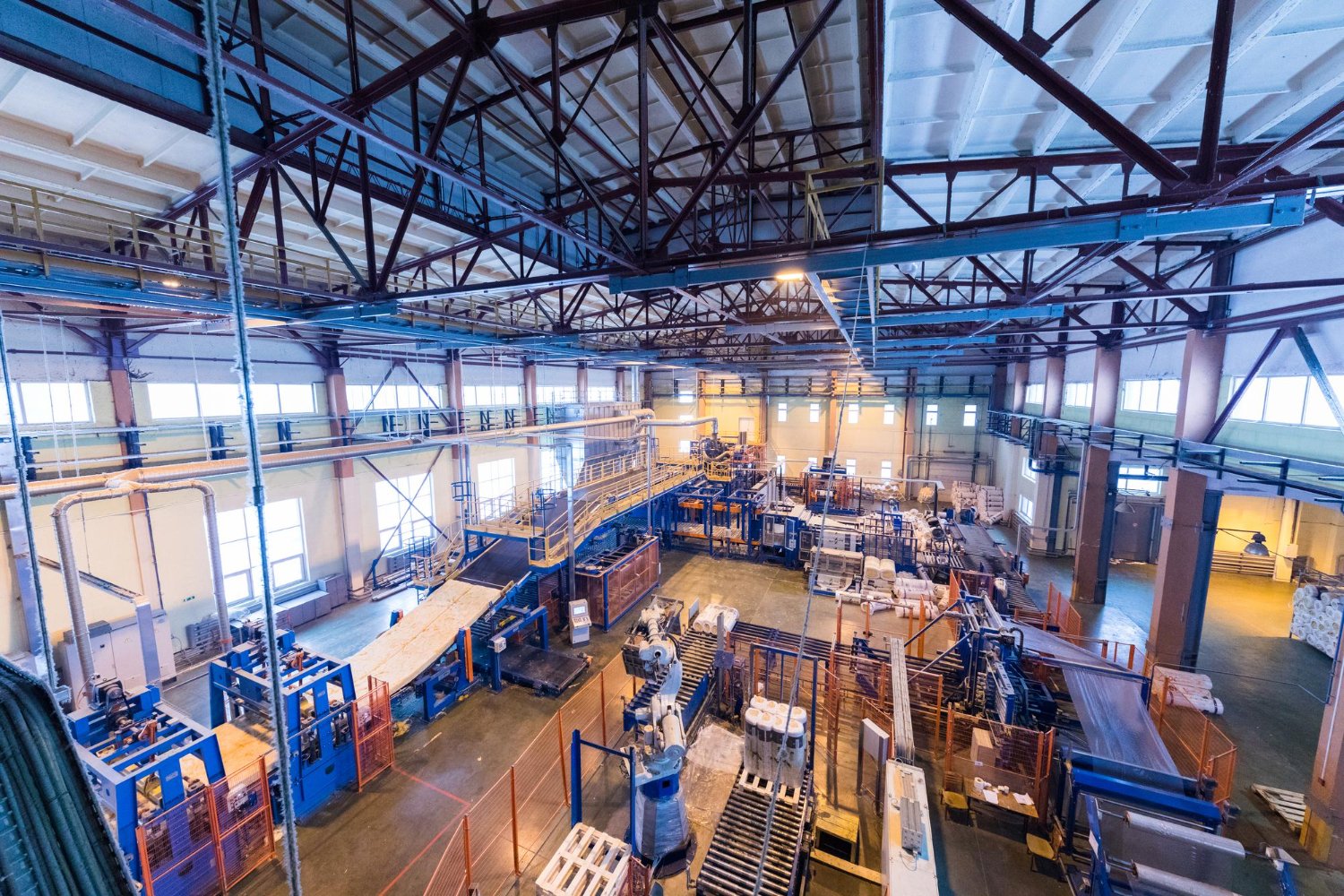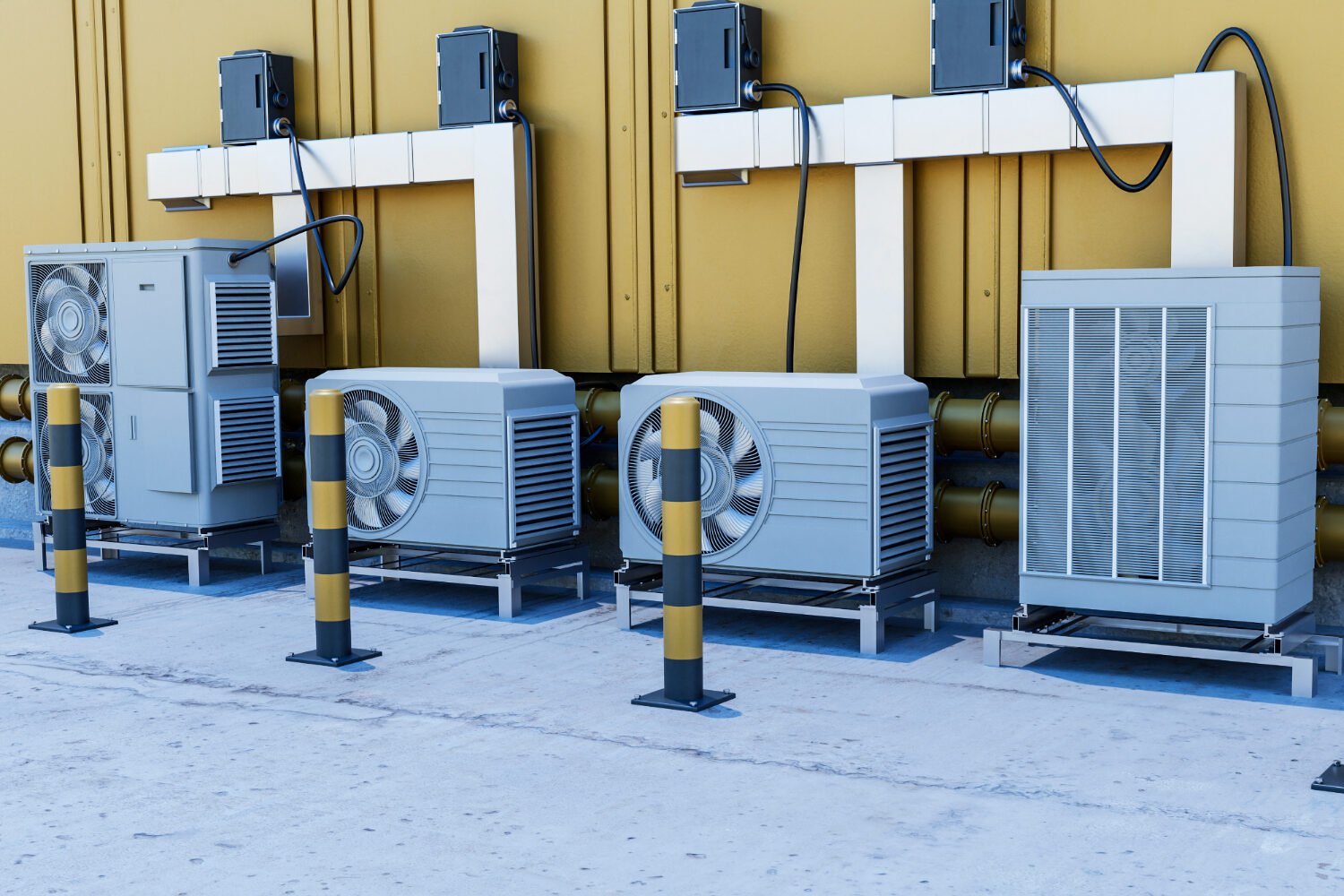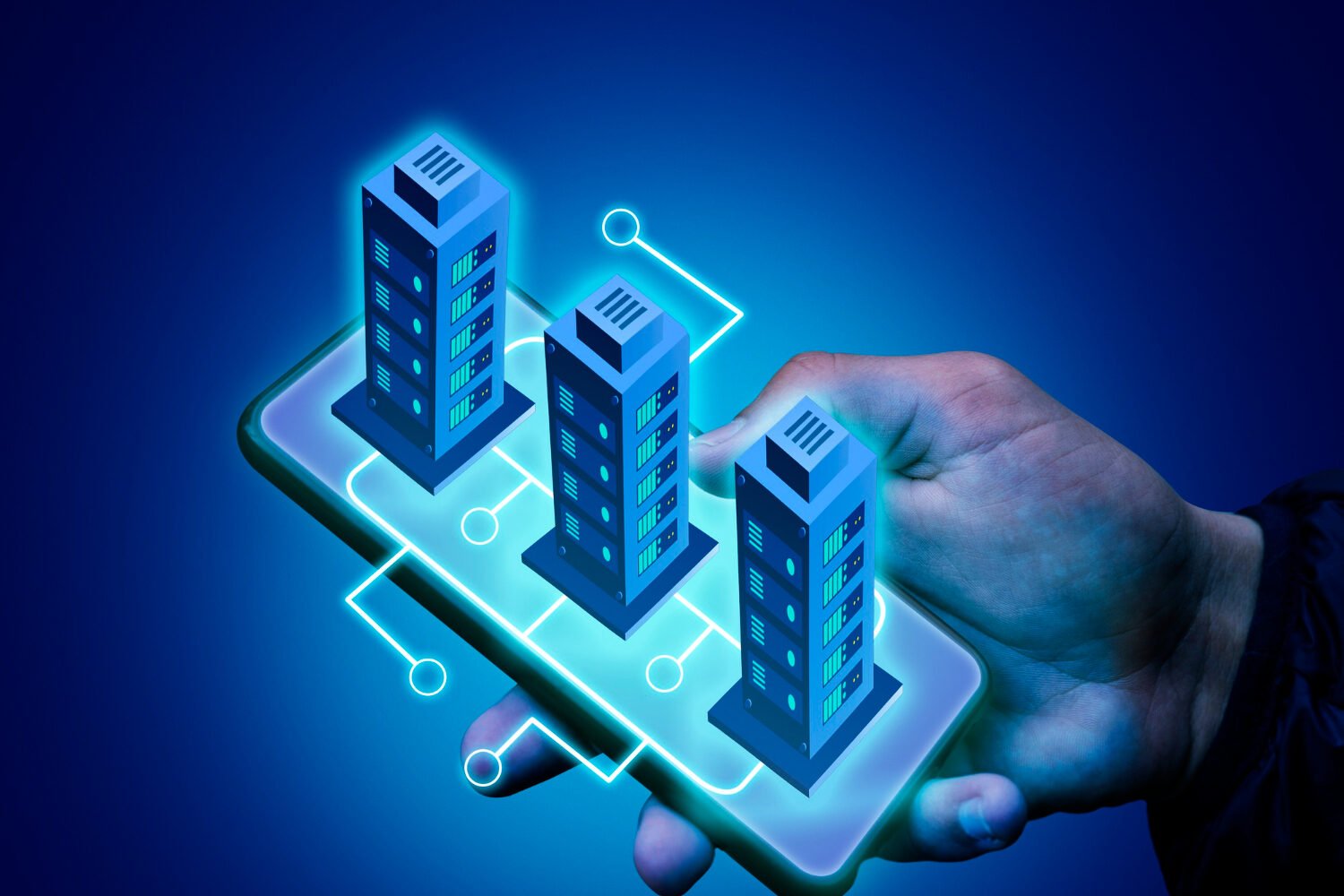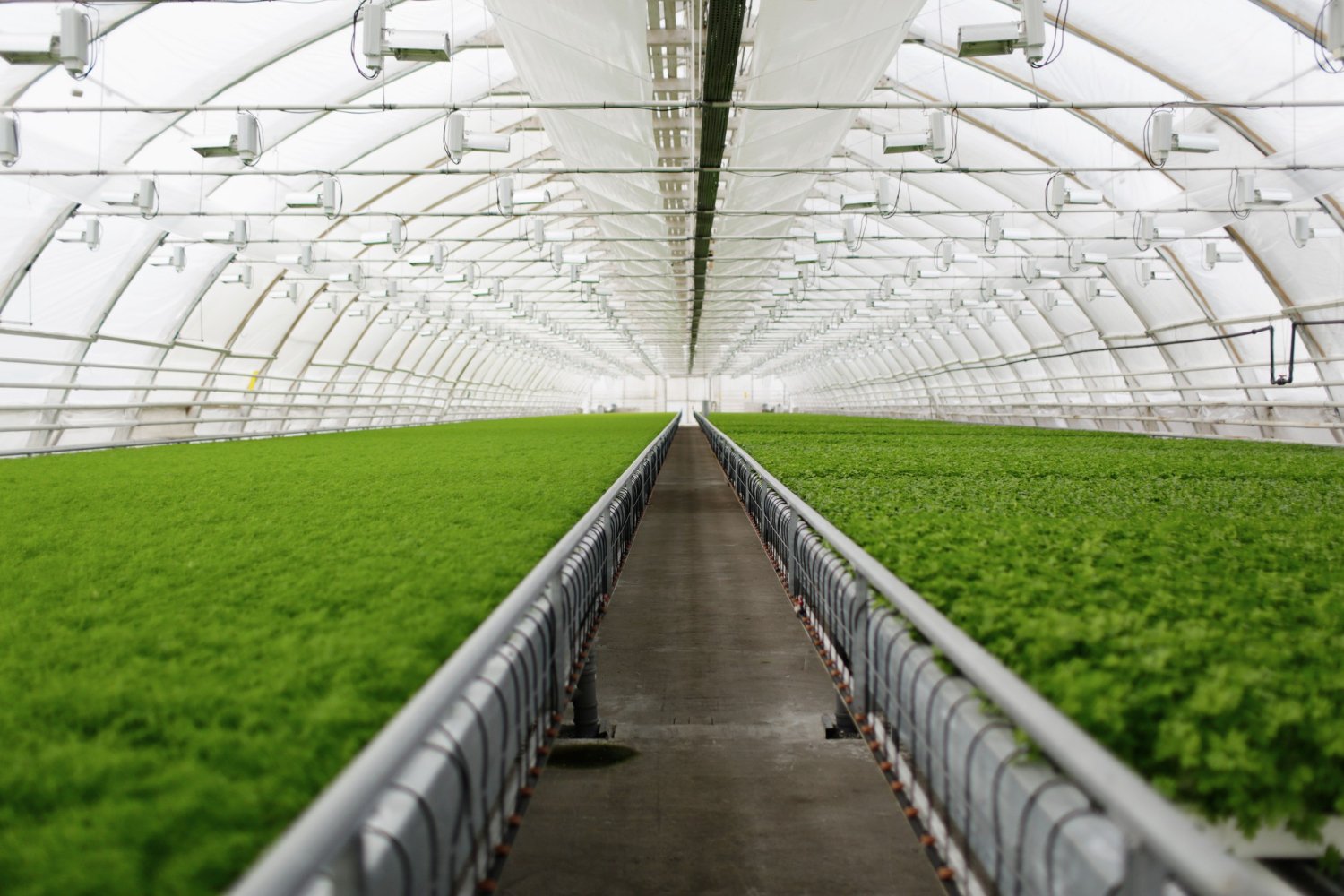NIEC
Industry Energy Solutions
An industrial energy management system aimed at optimizing energy consumption in factories, plants, and other industrial facilities by monitoring energy usage patterns and ensuring operational efficiency. It helps reduce operational costs through better load management and predictive maintenance.
- Monitors the power quality and consumption of production equipment and utilities and the usage of steam, gas, water, etc.
- View energy cost, power consumption, peak management, and savings compared to current factory production.
- Real-time monitoring/response for equipment abnormalities in each line/facility, production performance monitoring, and threshold setting
- Maintenance of each facility in line, and control and operation of utility facilities
- Energy savings performance management and automatic report output
- Fire accident prevention through temperature/humidity monitoring
- Management of power costs through peak power management
Diagnosis of facility abnormalities through alarms set for low and high values of all measured parameters

Commercial Energy Management System (CEMS)
A commercial energy management system designed for large commercial spaces such as office buildings, malls, and hotels. It focuses on efficient energy usage, cost reduction, and seamless integration of renewable energy.

- Monitoring energy consumption in key areas like HVAC, lighting, and appliances.
- Time-of-Use (TOU) billing to encourage energy savings by shifting consumption to off-peak hours.
- Real-time energy usage monitoring and optimization for different commercial tenants.
- Integration with smart lighting and temperature control systems to reduce energy waste.
- Power quality monitoring to ensure uninterrupted service in critical areas (e.g., servers, cooling systems).
- Detailed energy usage reports to support better financial and energy budgeting.
- Load management to prevent overconsumption and manage energy costs.
- Participation in demand response programs to reduce energy use during peak demand.
Telecom Energy Management System (TEMS)
An energy management system specifically designed for telecom infrastructure, including cell towers and data centres, to ensure efficient and reliable energy consumption across these critical facilities.
- Real-time monitoring of energy usage across cell towers and data centers.
- Backup power management, ensuring seamless transitions between grid and backup power during outages.
- Power quality monitoring to prevent equipment failure due to poor power quality.
- Integration with renewable energy sources (e.g., solar panels) for powering remote towers.
- Detection of energy theft or unauthorized energy consumption at remote tower sites.
- Prevent energy overuse through remote control of HVAC systems in data centers.
- Energy savings through optimized management of power-hungry equipment.
- Automated reporting of energy consumption for better budget planning and compliance.

Healthcare Energy Management System (HEMS)
A healthcare-specific energy management system that ensures reliable and efficient energy usage in hospitals and medical facilities, with a focus on maintaining power quality for critical life-support equipment.

- Real-time monitoring of energy consumption in critical areas such as operating rooms, ICUs, and laboratories.
- Backup power management to ensure continuous power supply during outages for life-saving equipment.
- Power quality monitoring to ensure stable voltage and frequency levels, preventing equipment damage.
- Energy savings through optimized HVAC, lighting, and equipment usage.
- Detailed energy usage reports for audit and compliance with healthcare regulations.
- Load management to prevent energy overuse and minimize costs during peak periods.
- Renewable energy integration (e.g., solar) to reduce dependency on grid power.
- Automated alerts for abnormal energy consumption or potential equipment failure.
Agriculture & Aquaculture Energy Management System (AAEMS)
A system designed for farms, greenhouses, and aquaculture facilities to monitor and manage energy usage for irrigation, climate control, and equipment. It integrates renewable energy sources and ensures optimal energy efficiency.
- Monitoring of energy usage in irrigation systems, greenhouses, and aquaculture equipment.
- Real-time control of water pumps, climate control, and feeding systems to optimize energy consumption.
- Integration with renewable energy sources like solar panels to power farm equipment and reduce grid dependence.
- Load management for high-energy-consuming equipment, ensuring efficient operation during off-peak hours.
- Detailed reporting on energy consumption for farm managers to improve operational efficiency and cost management.
- Power quality monitoring to prevent damage to sensitive equipment, such as greenhouse climate controllers.
- Prepaid metering options for rural farms to manage energy costs.
- Automated alerts for abnormal energy consumption or equipment malfunction.

Educational Institutions Energy Management System (EEMS)
A comprehensive energy management system for schools, colleges, and universities, focusing on optimizing energy consumption across large campuses and reducing operational costs.

- Real-time monitoring of energy consumption across different buildings (classrooms, labs, dormitories).
- Energy usage transparency for different departments to promote energy-saving initiatives.
- Load management to shift high-consumption activities (e.g., heating, cooling) to off-peak hours.
- Integration with renewable energy systems (solar panels) to reduce grid reliance.
- Power quality monitoring to ensure safe operation of sensitive lab equipment.
- Automated reporting for energy audits and regulatory compliance.
- Energy savings through automated control of HVAC and lighting systems during non-operational hours.
- Prepaid metering for dormitories, allowing students to manage their own energy budgets.
